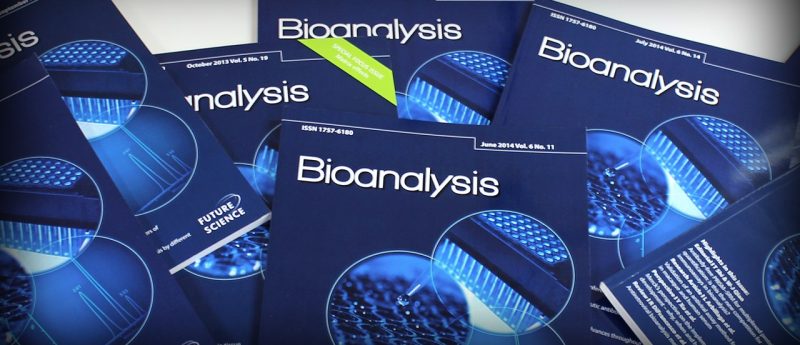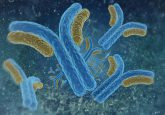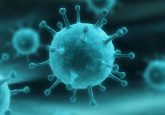An author’s perspective: Omnia Ismaiel on mature LC–MS/MS methodology

In this interview, we talk to Omnia Ismaiel on her latest article, ‘Do we have mature LC–MS/MS methodology for therapeutic monoclonal antibody bioanalysis?’ soon to be published in Bioanalysis. She gives us a brief insight into her research including; the challenges of large molecule quantification, considerations for LC–MS assays and the advantages and disadvantages for using this technique.
1. Could you introduce yourself and provide a brief summary of your career to date?
My name is Omnia Ismaiel; I am a Research Scientist at Bioanalytical Lab, Pharmaceutical Product Development (PPD; VA, USA). I am also an Associate Professor of Pharmaceutical Analytical Chemistry at the Faculty of Pharmacy, Zagazig University (Zagazig, Egypt).
My career started at the Faculty of Pharmacy, Zagazig University, as an Instructor and was followed by many other advanced steps in teaching, research and supervising graduate students. I was a Postdoctoral Fellow at Virginia Commonwealth University (VA, USA) and also a Postdoctoral Research Associate at University of Georgia (GA, USA).
2. Describe some of the challenges of large molecule quantification in biological matrices?
There are several challenges in the quantification of large molecules in biological matrices; for example, they may be present at a much lower concentrations than endogenous proteins. It is challenging to detect low levels of surrogate peptide sequence(s) derived from the target protein in a digest, and achieve a lower limit of quantification in the presence of other endogenous peptides, which often occurs at much higher concentrations. Complexity and nonselectivity of extraction protocol, instability and degradation during sample processing are also considered some of the main challenges of large molecule quantification in biological matrices.
3. Could you list/describe the key factors that need to be considered in order to develop a robust LC–MS assay for biotherapeutics?
To develop a robust and reliable assay for biotherapeutics in biological matrices, the scientist needs to understand the complexity and differences between small molecules and protein-based compounds. There are many key factors to achieve a robust LC–MS assay such as; use of appropriate internal standards, apply a proper sample cleanup procedure to improve method selectivity and also monitoring a unique surrogate peptide sequence(s) derived from the target protein.
4. Why are internal standards important and how do you select them?
Internal standards are required for accurate and reproducible quantification. An ideal internal standard is a stable isotope internal standard (SIL-IS) that can be added at the start of sample processing. It is used to compensate for variability during immunocapture and digestion steps and also to correct for variability in chromatography and electrospray ionization. It will also correct any degradation, chemical changes or instability of the target analyte. However, a SIL-IS may not be available for each single biotherapeutic. Other options such as a general SIL-IS or peptide SIL-IS may be used.
5. What are the advantages/disadvantages of using LC–MS/MS for biotherapeutics?
Sensitivity, specificity, wide dynamic linear range, precision, accuracy and the ability to quantify multiple analytes simultaneously are the main advantages of LC–MS/MS methods. Using LC–MS/MS for biotherapeutics overcomes many drawbacks of immunoassay methods. However, the complexity of digested proteins necessitates extensive and complex sample cleanup before – and may be after – digestion.
Matrix effects and coeluting peptides may cause ionization suppression or enhancement. Interferences from endogenous proteins may affect accuracy, reproducibility and method ruggedness. Method sensitivity is also strongly impacted by sample complexity.
The use of selective immunocapture techniques to remove interfering matrix proteins before digestion will reduce sample complexity and minimize interferences. Peptide level cleanup after digestion may be also required in some cases.
6. What further advances do you envisage with LC–MS/MS in the future?
I anticipate more high resolution MS applications for biotherapeutics, and on the chromatographic separation side I expect more technological discoveries in protein/peptide separation.





